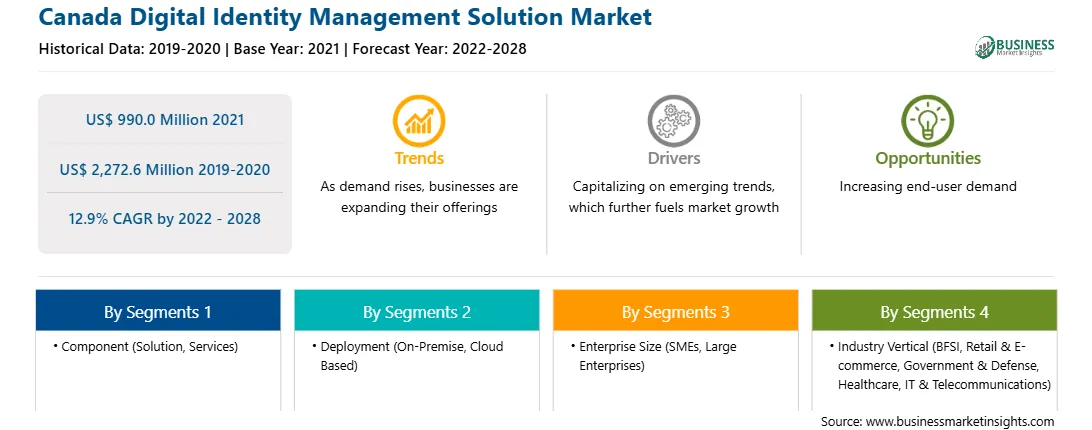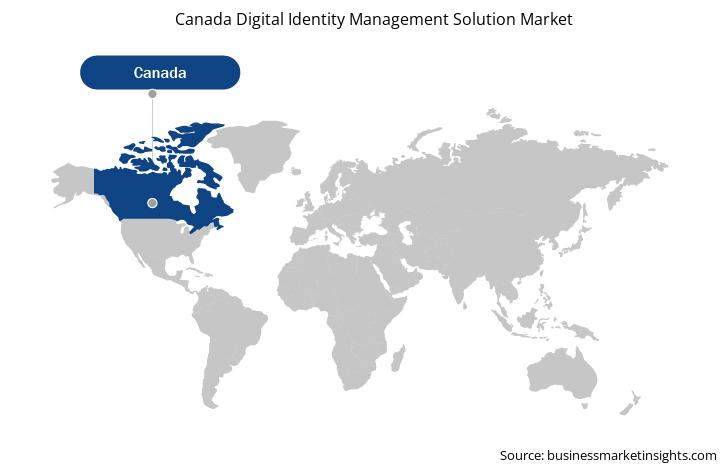Identity and authentication fraud threats continue to challenge several industries, including financial services. Identity theft and synthetic identity continuously escalate fraud cases that target consumers and frustrate anti-financial crime analysts. Identity fraud and synthetic identity methods are growing as consumers adopt digital payment methods and shift the way consumers shop and interact online. Moreover, data breaches, the increasing availability of intelligent technology and computing power, and the volume of personally identifiable information (PII) available through online sources have created a virtual playground for cyberattacks to conduct fraud at a massive scale. Savvy fraudsters or cyber attackers steal PPI through data breaches or appropriating a driver's license and then use the information to commit fraud by posing as the same person to access their credit information. A bad actor also targets a consumer directly by using certain techniques such as phishing emails, skimming, or robocalls to steal sensitive information. Instances of fraud and identity theft have been on the rise during the COVID-19 pandemic. According to a recent survey by Johnson Insurance, in September 2020, more than half (~52%) of Canadians were a victim of identity theft and were unable to identify the warning signs. As per the same survey, 27% of Canadians have noticed increased suspicious COVID-19-related activities on fraudulent websites and online advertisements, 23% rise in suspicious emails, and 20% increase in text messages or phone calls. Thus, identity fraud is rising continuously across Canada.
Due to increasing identity and authentication frauds, digital identity management solutions have been deployed across several organizations in Canada to increase security, reduce fraud, and develop a seamless customer experience. For instance, in May 2021, Employment and Social Development Canada adopted Verified.Me to streamline digital identity verification for Canadians registering with My Service Canada. Through the My Service Canada account, Canadians can apply, view, and update their information for employment insurance, pension, pension plan disability, and old age security. Moreover, as professional cyber attackers adapt to the best fraud detection models, companies must strengthen their fraud and risk management strategies by adopting advanced digital identity management solutions. Canada is making significant progress by creating digital identity frameworks and standards. For instance, in September 2020, The Digital ID & Authentication Council of Canada (DIACC) announced the Pan-Canadian Trust Framework (PCTF) launch, a set of digital ID and authentication industry standards that will define the way digital ID will roll out across Canada. Therefore, the above-mentioned factors reduce identity and authentication fraud growth by boosting the demand for digital identity management solutions.
Impact of COVID-19 Pandemic on Canada Digital Identity Management Solution Market
Before the emergence of the COVID-19 pandemic, the Canada digital identity management solutions market was growing due to rising cybercrimes. For instance, in October 2019, Canadians lost US$ 43 million to cybercrime, as per Ontario Provincial Police (OPP) statistics. Further, based on The Canadian Anti-Fraud Centre (CAFC) report of 2019, the country faced ~10,278 cases of extortion and 7,642 cases of personal information scams (in which someone pretending to represent a business, government agency, bank, or utility company urgently asks victims to verify personal and confidential information). Therefore, with the growing security threats regarding personal information, it became essential to implement digital identity management solutions in Canada, leading to a rise in demand.
In 2020, the COVID-19 pandemic positively influenced the Canada digital identity management solution market growth due to rising government schemes to protect an individual's identity. For instance, in November 2020, the Canadian government proposed the Digital Charter Implementation Act 2020, which will modernize the framework for safeguarding personal information in the private sector. This legislation takes several necessary steps to ensure that a modern and responsive law will protect Canadians and offer benefits to innovative businesses from significant rules, considering technology evolution. This framework has helped adopt digital identity management solutions across the country.
Growing Integration of Biometric Technology in Smartphones
With the rapid technological advancements, the number of smartphone users across Canada has increased immensely. For instance, according to the article published by the Reviewlution, there were 33 million mobile subscribers in 2019 and 31.88 million smartphone users in 2021 in Canada. Thus, with the growing number of smartphone users across the country, implementing a digital identity management solution is easier.
The conventional password key system was the only secure way of authentication previously. With advancements in technology, password security systems have become easier to hack. Digital identity-based security, including biometric technology and multi-factor authentication, is better and more secure than passwords. Most smartphones available in the Canadian market have camera and authentication options, such as fingerprint recognition and facial recognition. Further, many smartphone companies are implementing these fingerprint and facial recognition technologies in their smartphones. For instance, MiTek Canada focuses on biometrics that provides good defense against fraud activities and accuracy of facial recognition and is easy to capture individual faces from a mobile device. The company relies on facial recognition technology that can be used to match a selfie to the face on a government-issued identity document. These automated linked technologies are combined with forensic expertise to rapidly detect identity fraud and verify customers faster and more accurately. Therefore, using biometric technology in smartphones makes it easier to verify an individual’s identity, which requires the installation of digital identity management solutions on the device.
Consumers are ready to adopt biometric authentication processes because these approaches are more secure as only one person can unlock them on their respective smartphones. Moreover, the use of smartphones has increased with the rise in online shopping due to the booming e-commerce industry in Canada and increased implementation of digital identity-based authentication methods in sectors such as BFSI and retail. Hence, digital identity-based authentication in smartphones will replace traditional password systems because of several advantages, such as convenience and less time consumption. Therefore, the growing integration of biometric technology in smartphones is a driving factor for the Canada digital identity management solution market growth during the forecast period.
Canada digital identity management solution market analysis by component, the Canada digital identity management solution market is bifurcated into solution and services. The solution segment led the market with a larger Canada digital identity management solution market share in 2021.
Canada digital identity management solution market analysis by deployment, the Canada digital identity management solution market is bifurcated into on-premise and cloud based. The cloud based segment led the market with a larger Canada digital identity management solution market share in 2021.
Based on enterprise size, the Canada digital identity management solution market is bifurcated into SMEs and large enterprises. The large enterprises segment led the Canada digital identity management solution market with a larger market share in 2021.
Based on industry vertical, the Canada digital identity management solution market is segmented into BFSI, retail & e-commerce, government & defense, healthcare, IT & telecommunications, and others. The BFSI segment led the Canada digital identity management solution market with the largest market share in 2021.
Strategic insights for the Canada Digital Identity Management Solution provides data-driven analysis of the industry landscape, including current trends, key players, and regional nuances. These insights offer actionable recommendations, enabling readers to differentiate themselves from competitors by identifying untapped segments or developing unique value propositions. Leveraging data analytics, these insights help industry players anticipate the market shifts, whether investors, manufacturers, or other stakeholders. A future-oriented perspective is essential, helping stakeholders anticipate market shifts and position themselves for long-term success in this dynamic region. Ultimately, effective strategic insights empower readers to make informed decisions that drive profitability and achieve their business objectives within the market.

| Report Attribute | Details |
|---|---|
| Market size in 2021 | US$ 990.0 Million |
| Market Size by 2028 | US$ 2,272.6 Million |
| CAGR (2022 - 2028) | 12.9% |
| Historical Data | 2019-2020 |
| Forecast period | 2022-2028 |
| Segments Covered |
By Component
|
| Regions and Countries Covered | Canada
|
| Market leaders and key company profiles |
|
The geographic scope of the Canada Digital Identity Management Solution refers to the specific areas in which a business operates and competes. Understanding local distinctions, such as diverse consumer preferences (e.g., demand for specific plug types or battery backup durations), varying economic conditions, and regulatory environments, is crucial for tailoring strategies to specific markets. Businesses can expand their reach by identifying underserved areas or adapting their offerings to meet local demands. A clear market focus allows for more effective resource allocation, targeted marketing campaigns, and better positioning against local competitors, ultimately driving growth in those targeted areas.

The Canada Digital Identity Management Solution Market is valued at US$ 990.0 Million in 2021, it is projected to reach US$ 2,272.6 Million by 2028.
As per our report Canada Digital Identity Management Solution Market, the market size is valued at US$ 990.0 Million in 2021, projecting it to reach US$ 2,272.6 Million by 2028. This translates to a CAGR of approximately 12.9% during the forecast period.
The Canada Digital Identity Management Solution Market report typically cover these key segments-
The historic period, base year, and forecast period can vary slightly depending on the specific market research report. However, for the Canada Digital Identity Management Solution Market report:
The Canada Digital Identity Management Solution Market is populated by several key players, each contributing to its growth and innovation. Some of the major players include:
The Canada Digital Identity Management Solution Market report is valuable for diverse stakeholders, including:
Essentially, anyone involved in or considering involvement in the Canada Digital Identity Management Solution Market value chain can benefit from the information contained in a comprehensive market report.